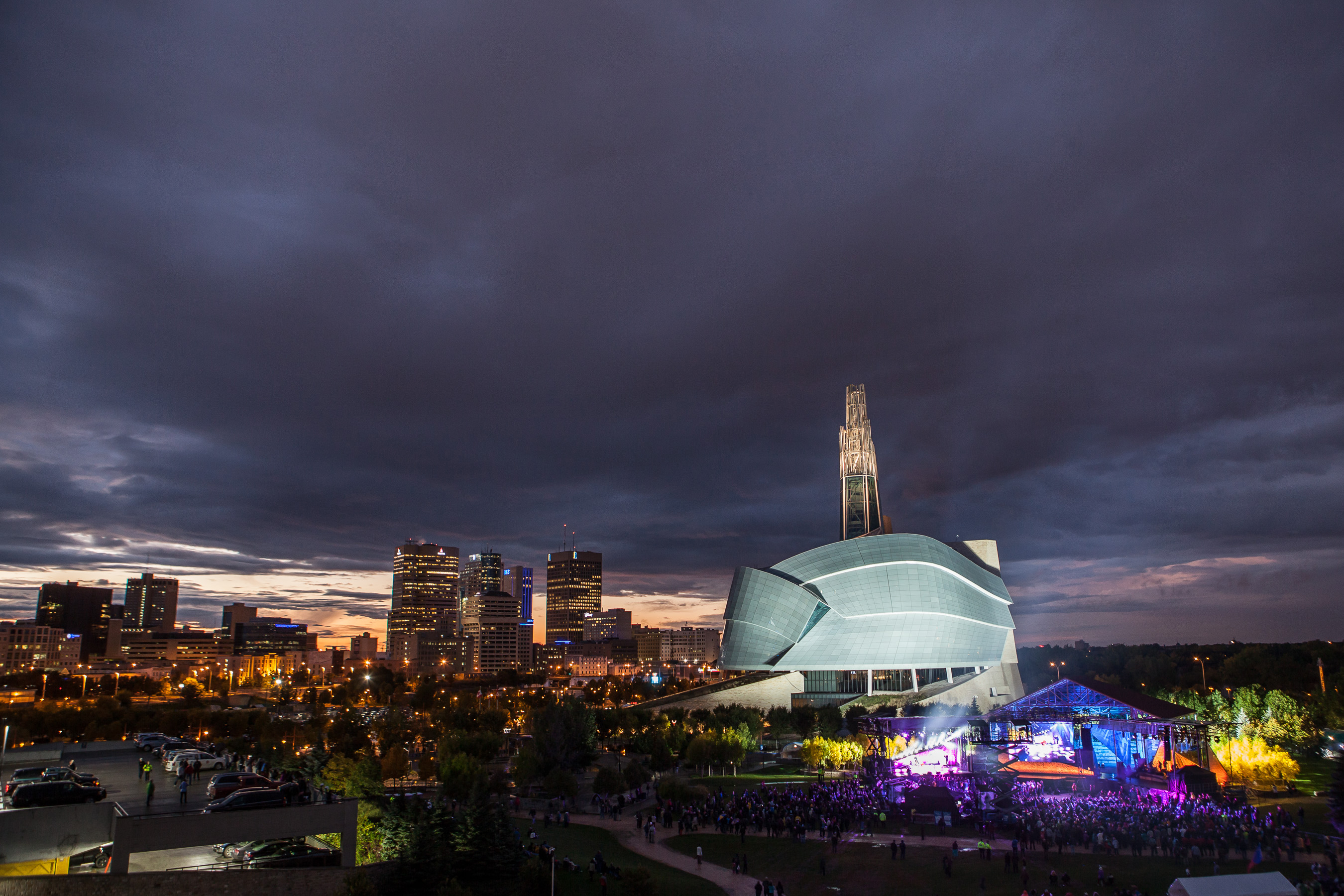The Canadian Museum for Human Rights (CMHR), which is now open for business, has been controversial for a number of reasons, including the museum’s treatment of issues relating to First Nations people, the handling of archaeological digs at the site, the fact that many of the exhibits still have not opened, and the sheer cost of the whole endeavour.
The role that the notion of human rights plays in modern political discourse has received very little attention. This is unfortunate, since the museum’s purported goal is to explore a concept rather than commemorate an event. And that concept is broken.
“Human rights” seem to exist only in the abstract. Once we start talking about the specific things we may or may not have a right to, the shouting starts and we all look silly. This is why the museum has been protested by everyone from First Nations groups to anti-abortion activists. This is also why the draft proposal for the nascent master of human rights program at the University of Manitoba declines to offer a definition of human rights, supposedly to incite debate.
Because the term “human rights” is vague, and since it feels like something we all ought to sign on to, it has become a rhetorical black hole, bending everything in on itself while remaining impossible to examine directly.
A recent article in the Toronto Star by U of M law professor Umut Özsu points out that the notion of human rights is “deeply ideological.” Whether or not one accepts his particular genealogy, it is clear that the concept of human rights is very much of our time and place. The attitudes embedded in the UN’s Universal Declaration of Human Rights are not universally held.
For example, the declaration guarantees freedom of religion, the presumption of innocence in criminal trials, the right to own property, and the right to hold copyright. In the same breath it stipulates what education “shall be” and guarantees parents the right to choose what kind of education will be given to their children. Most comically pompous is article 28, which states that “everyone is entitled to a social and international order in which the rights and freedoms set forth in this declaration can be fully realized.”
I’m all for freedom of religion and so forth, but this is clearly not a coherent legal document. It’s more of a list of stuff we think is neat, where “we” refers to the more wealthy and powerful nations of the UN (as the CMHR is keen to remind us, this document was partly drafted by a Canadian). Some of the articles guarantee things that are by no means self-evident natural rights, but simply bureaucratic processes with which Westerners are comfortable.
Some of them are contradictory. Some of them are just absurdly unrealistic.
It is also significant that the enforcement of these rights is, at best, spotty. For instance, it is a well-established fact that the American military has tortured people with alacrity. This is in direct violation of article 5, and yet we are not at war with the United States. I’m not suggesting we should be, but the rights guaranteed in the document seem considerably less absolute when we are willing to make exceptions for sufficiently wealthy and influential countries.
Documents like the Universal Declaration of Human Rights, and more generally the entire notion of human rights as we use it today, have two very bad effects. They tend to take Western values and attempt to write them into the fabric of reality using language of inalienability and self-evidence. And they give the illusion of granting us all entitlement to things many of us still have no real-world means of getting – important things, like drinking water and freedom from torture.
It’s not clear that the language of human rights is a useful way of thinking about the problems in today’s world. It’s also not clear that the project of human rights has accomplished anything other than providing a pretty mask for ugly nations to wear when they go out in public.
Aside from all other concerns, a human rights museum is meaningless unless it addresses these fundamental problems with its concept.

